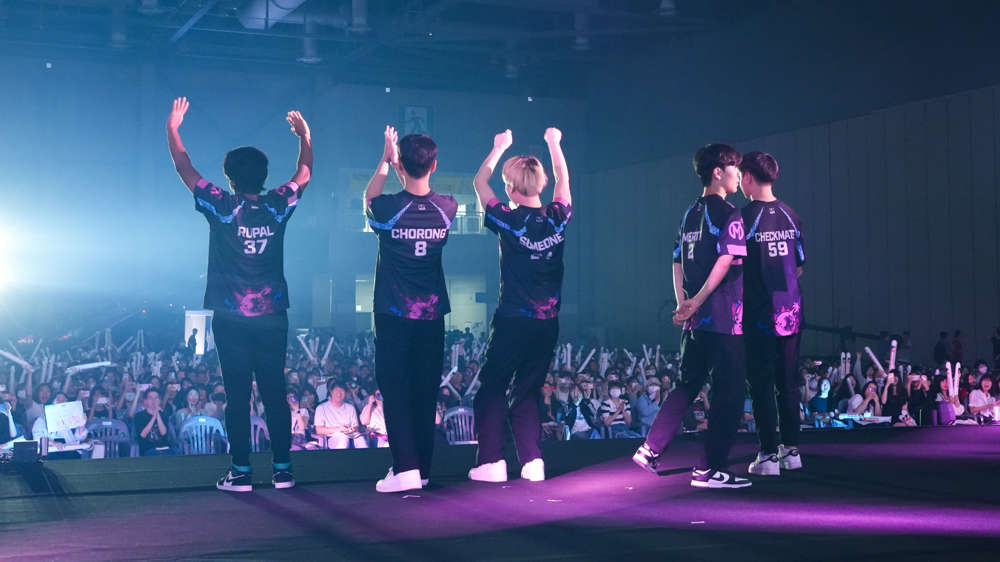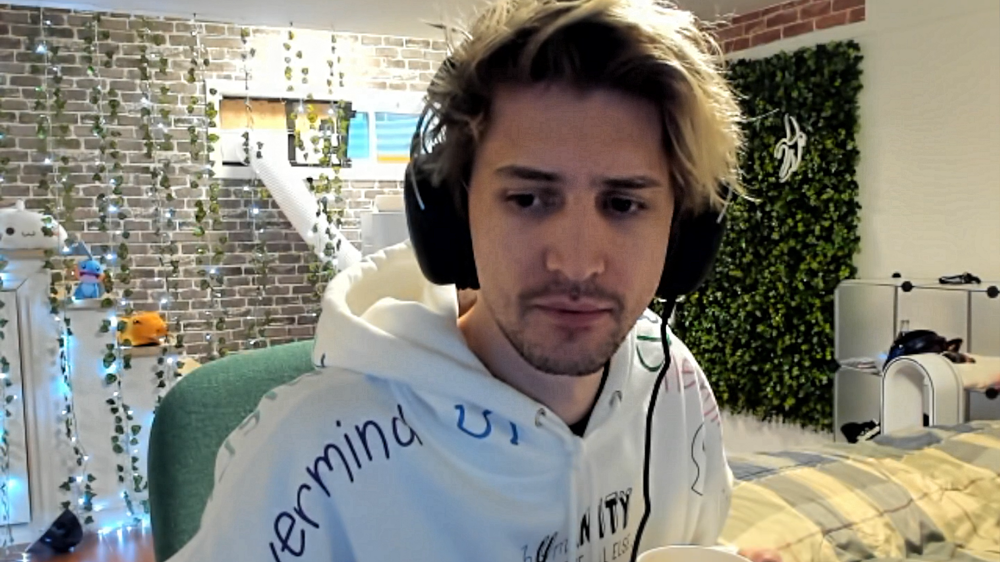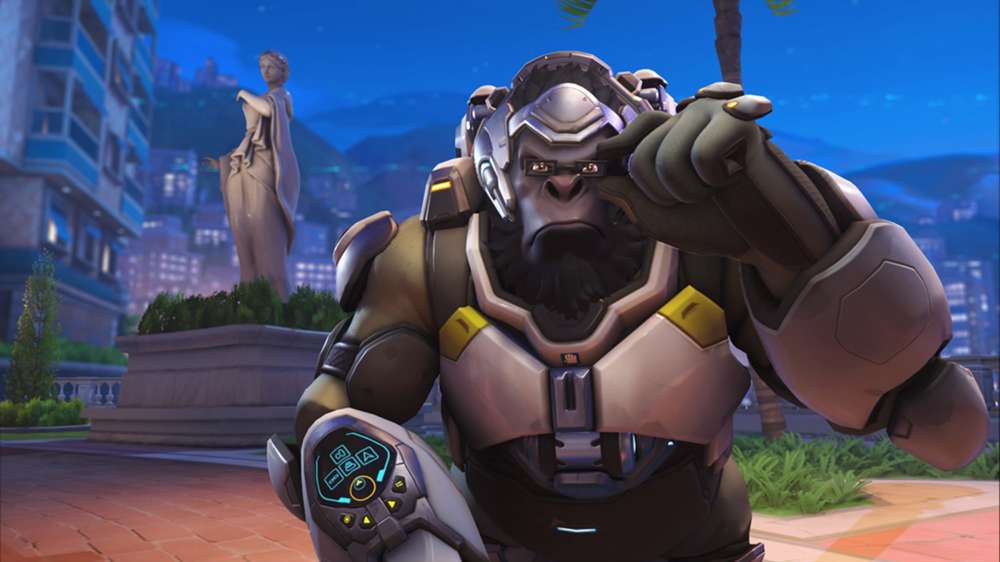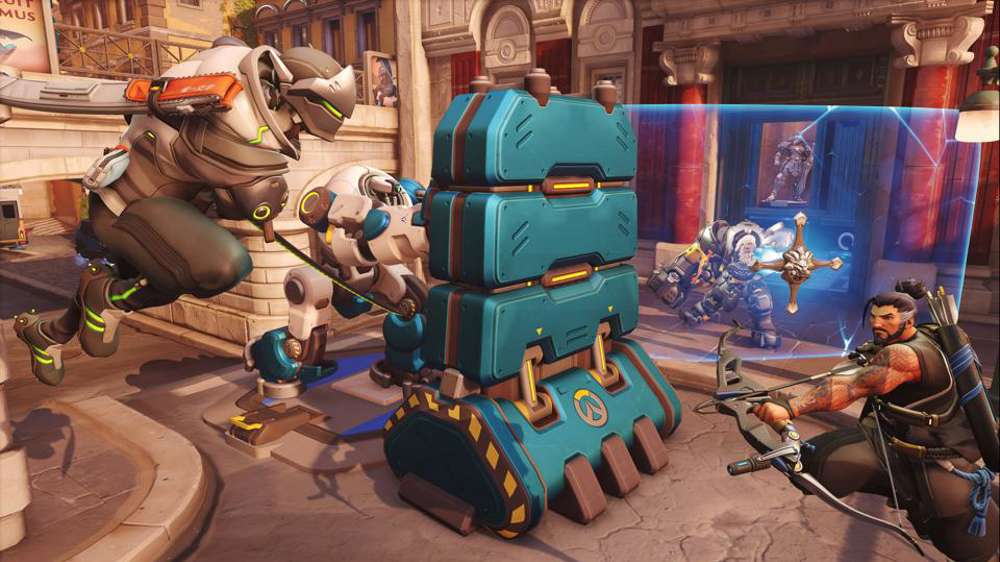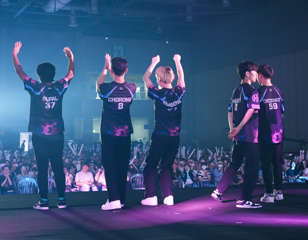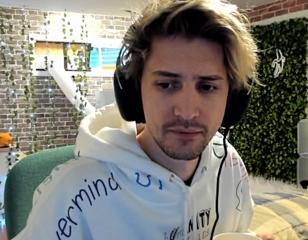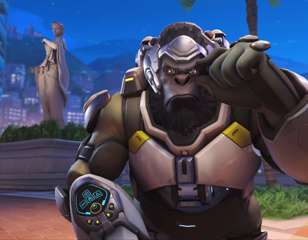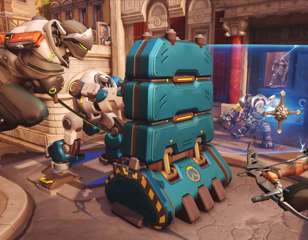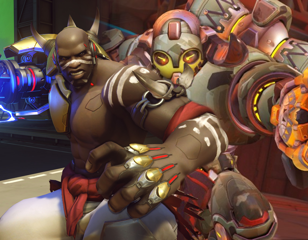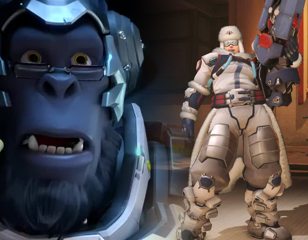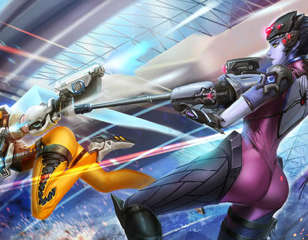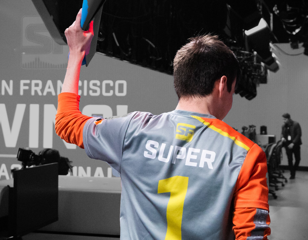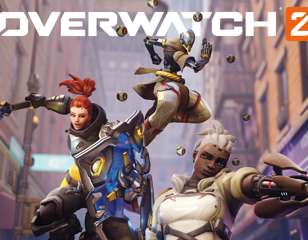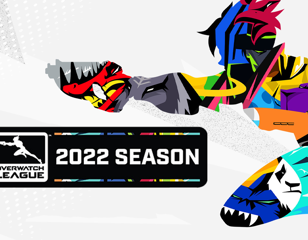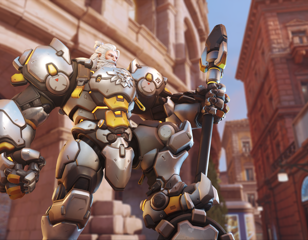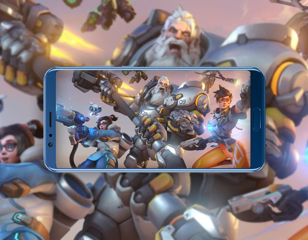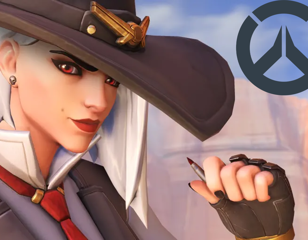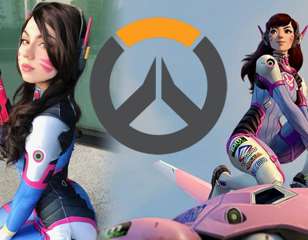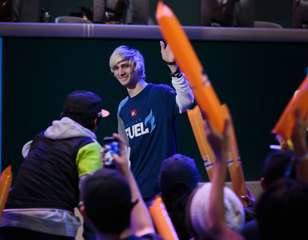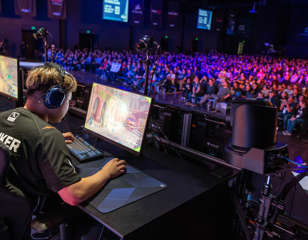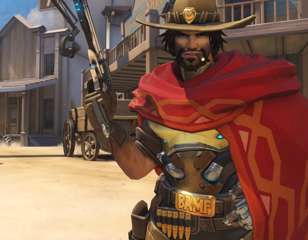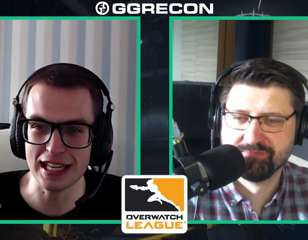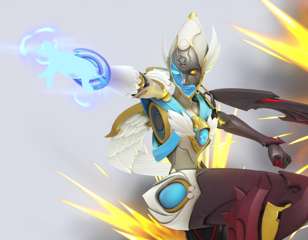Why was Ashe played in Overwatch League week 11?
For one week, Blizzard disabled all hitscan DPS heroes but Ashe. The week after the experiment, we saw

Joseph "Volamel" Franco
26th Apr 2020 17:00
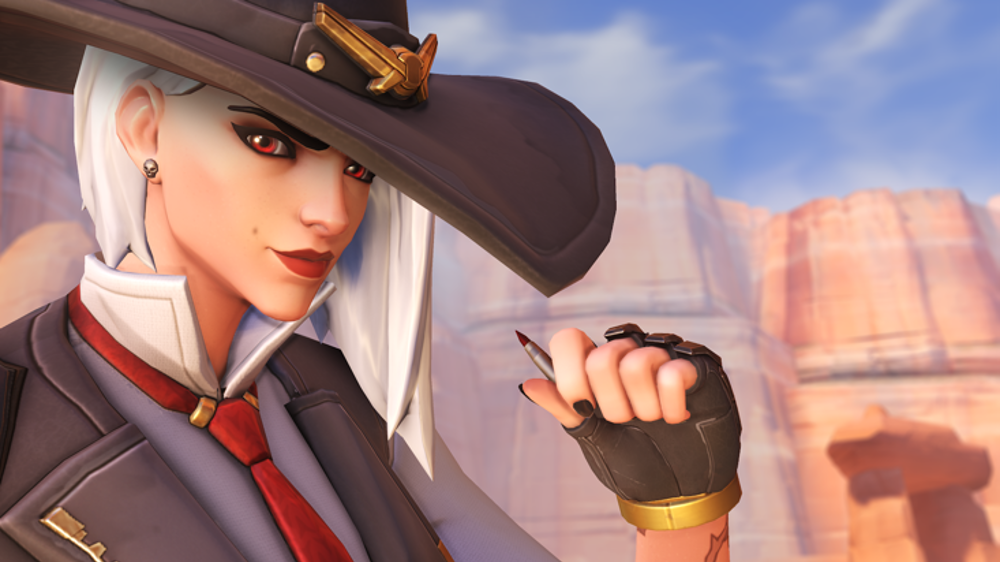
November 13th, 2018 is when Ashe was introduced into Overwatch. Since her inception, she has seen relatively little play, being outclassed by other hitscan staples like McCree and Widowmaker. However, during Week 11 of the Overwatch League’s 2020 season, she has seen a surge in playtime. Why has Ashe surfaced now and is it on her own merit or because of the Hero Pool system?
We have two strong examples for Ashe in Overwatch League to pull from. One from the Los Angeles Valiant and one from the Chengdu Hunters.
The Valiant case
In the Los Angeles Valiant versus the Los Angeles Gladiators, we see Ashe used to either facilitate picks and creating them on her own. The consistent damage provided with Ashe’s Dynamite, backed with Mercy’s damage boost, is enough to hamstring the Gladiators’ total health pool. With a self-sufficient pick like Torbjorn, Reaper, and Tracer, the Ashe should have the space she needs to sit in the back and shoot uncontested while the frontline creates the space.
With this composition in mind, ideally what the Valiant are looking for is to spam out the enemy’s shields and kite away using Torbjorn’s turret to add to spam and allowing Kai "KSP" Collins the space he needs to work all the while keeping supports safe. This plays directly into the Valiants wheelhouse as KSP is a known hitscan ace as well as a well known Ashe Overwatch player.
Johannes "Shax" Nielsen and Song "Dreamer" Sanglok seem to be playing as a duo here. When Dreamer makes the move to Wrecking Ball, Shax plays mobile, dive heroes, like Tracer However, when Dreamer makes the move to Orisa, Shax tended to play more stationary DPS like Reaper or Torbjorn or KSP would move himself to one of the aforementioned stationary DPS. On Hollowood the Valiant would also feature Shax on Pharah while Dreamer piloted Orisa.
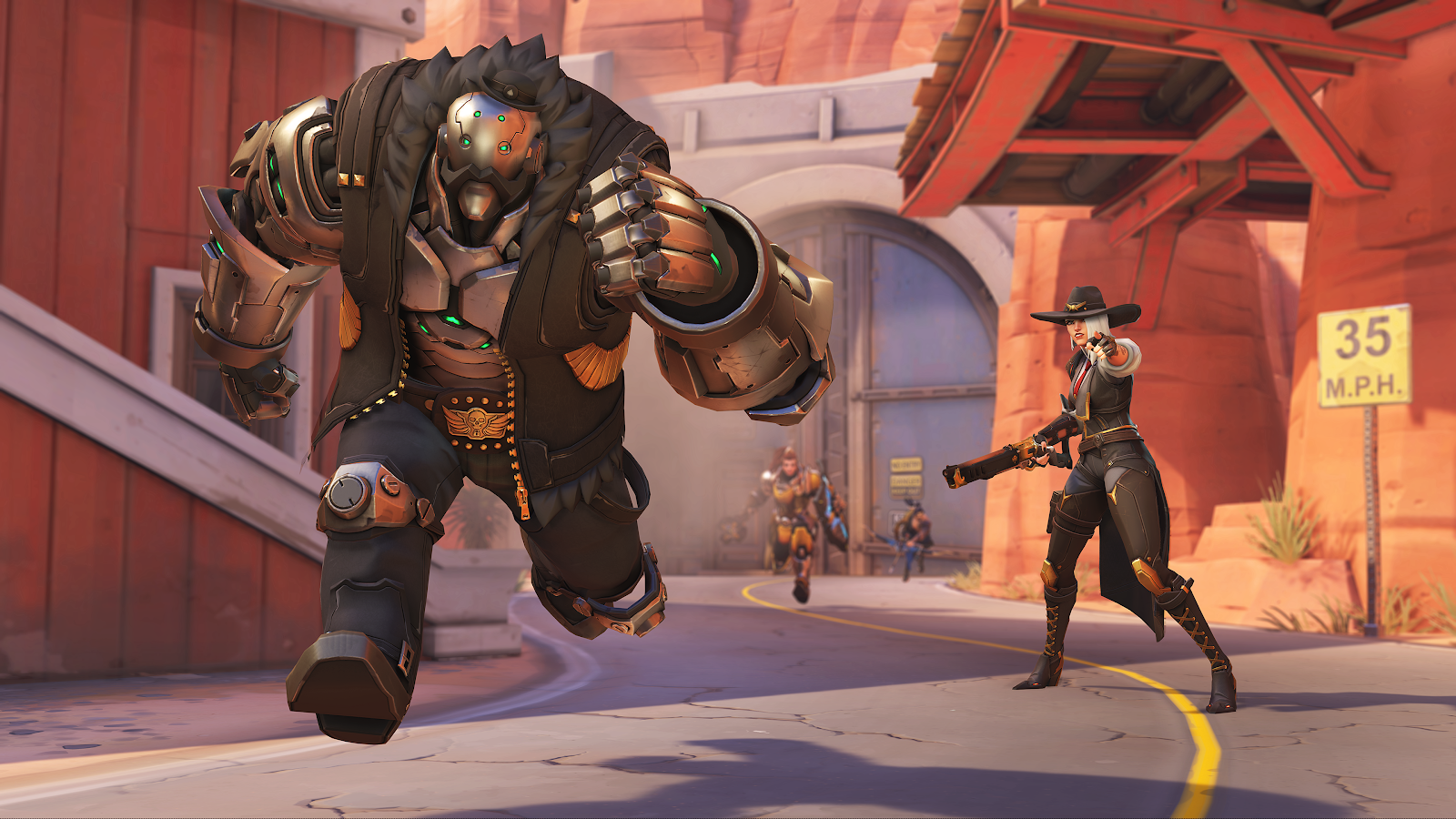
It should be no surprise that the Valiant struggled on re-contesting and on attack on Dorado seeing how they have no space to kite into. They spawn with their backs against a wall with nowhere for their Ashe and their Mercy to rotate to. Add onto that, the contrast how the Valiant performed on their attack on Hollywood. The Gladiators’ defence is forced to play on the point, opening up space for the Valiant to spam onto the point. Again, this is represented in how difficult it was for the Valiant to push into Point A on Hanamura. And again on the Valiant’s defensive win on Hanamura.
This is not to claim that the Valiant played perfectly, but the first two maps played certainly did no favour to their compositional win conditions.
We don’t count the Los Angeles Gladiators here, because they admittedly mirrored the composition after playing directly against it in their match against the Valiant.
Many of these themes are consistent with the Chengdu Hunters’ case as well.
The Hunters case
While Ashe was featured in Chengdu’s 3-0 win over the Guangzhou Charge, she was used much more sparingly and more as a counter to the Charge’s Pharah-centric composition. Generally speaking, they still used her in the same ways.
Famed Chinese DPS player Xin "Leave" Huang played Ashe on Hollywood Defense and Rialto Defense and where Ashe was not favoured, Leave and the Hunters prioritized Dive compositions featuring their signature Wrecking Ball, Tracer, and Sombra.
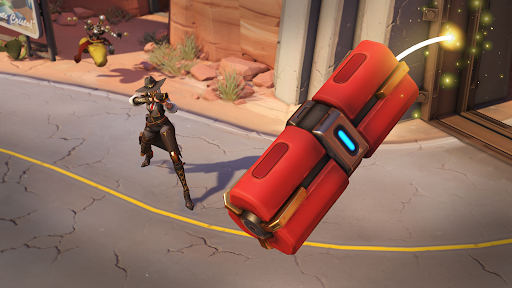
However, the idea still stands. Complimented with Hu "JinMu" Yi’s amazing Pharah, the duo dealt consistent damage to the Charge as they attempted to Dive onto the Hunters’ backline. The win condition here is largely the same to the Valiants; keep the enemy at a distance, allow JinMu to contain the enemy Pharah, and kite back to “catch” the incoming Dive attempts.
This worked extremely well as both Leave and JinMu took turns stonewalling the Charge’s Pharah who acted as a resource sink. Unable to field much else in terms of other compositions, the Charge fell flat to the Hunters who narratively should be the team with the smaller portfolio of strategies.
What Blizzard can learn
What we’ve learned about Hero Pools is that it isn’t the number of heroes that are banned, or how they’re banned, it is that when certain heroes are banned, diversity and subsequently the metagame opens up. Once disabled, heroes like Ashe are seen as viable, which means that without the system, meaning Hero Pools in this instance, are the only reason they’re seeing play.
Obviously this is a skewed way to influence what heroes are being picked, but my hope is that through the experiment that Hero Pools hopefully is, Blizzard can learn from Ashe’s case study and find a more clear picture of their game and a better place for heroes like Ashe. Hopefully, Ashe will be a benefactor of some changes going into Overwatch 2 and remove herself from this odd hitscan triangle she, McCree, Widowmaker, and Soldier: 76 have been designed into.
What Blizzard can learn from this is that Ashe isn’t inherently a bad hero, she’s just the digital embodiment of vanilla ice cream. She doesn’t have the close-range control of McCree, the consistent pressure of Soldier: 76, nor the safety and stopping power of Widowmaker. Why should a team pick her? What about her kit stands out? She lies in a strange centre point in this metaphorical hitscan triangle from all of these attributes with a beloved ultimate that effectively acts as cannon fodder to contest the objectives.
What I think will happen is that she will continue to wallow in pick and win rate competitively until she receives a substantial buff that forces her to unseat one of the other three hitscan heroes, and in the processes creating a “new” Ashe. Someone who almost never sees play in a game that so desperately wants diversity.
Not every hero needs to be “viable.” I agree 100% with that notion, but when the fans of the Overwatch League, who also are more likely to still be playing Overwatch, demand for variation from such a small cast of heroes, Overwatch needs to oblige.
Images via Blizzard Entertainment

About The Author
Joseph "Volamel" Franco
Joseph “Volamel” Franco is a Freelance Journalist at GGRecon. Starting with the Major League Gaming events 2006, he started out primarily following Starcraft 2, Halo 3, and Super Smash Bros. Melee, before transitioning from viewer to journalist. Volamel has covered Overwatch for four years and has ventured into VALORANT as the game continues to grow. His work can also be found on sites like Esports Heaven, HTC Esports, and VP Esports.
